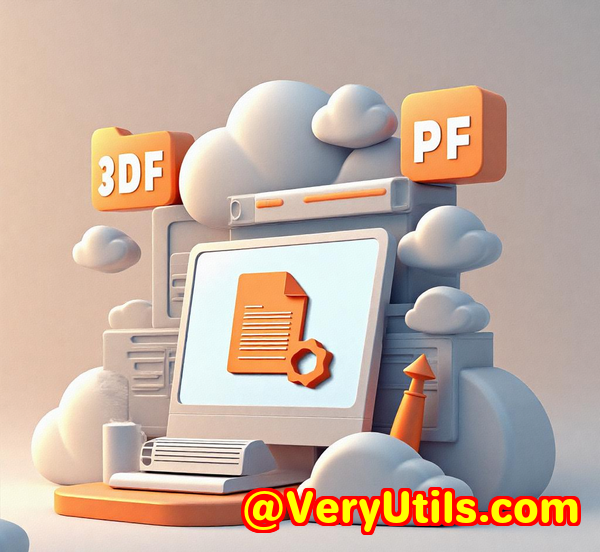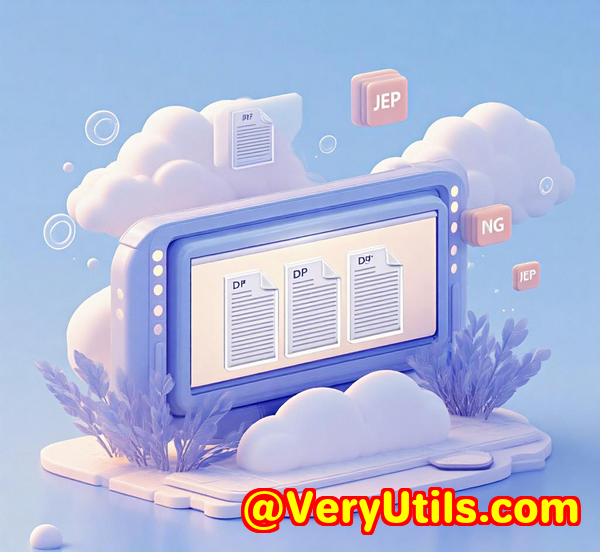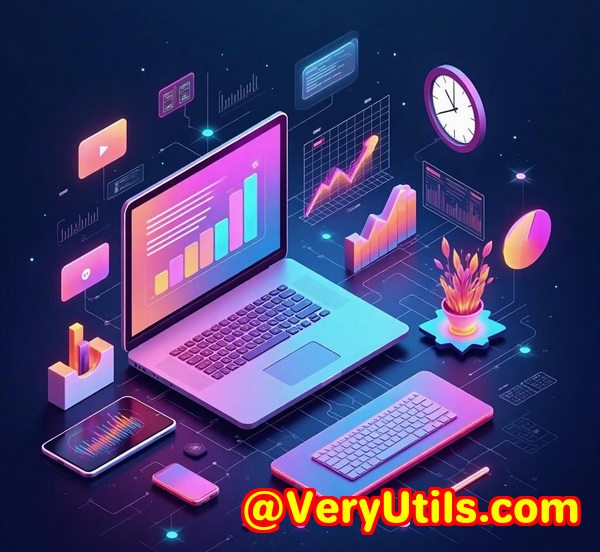Convert DWG to WMF for Use in Power BI or Excel Dashboards With CAD Overlays
Title: Convert DWG to WMF for Use in Power BI or Excel Dashboards With CAD Overlays
Meta Description: Learn how to efficiently convert DWG to WMF for enhanced data visualisation in Power BI and Excel dashboards using VeryDOC's DWG to Vector Converter.

Opening Paragraph (Engagement)
Have you ever needed to integrate AutoCAD drawings into your Power BI or Excel dashboards, only to be frustrated by poor quality images or files that just won't play nicely with your data visualization tools? That was exactly my challenge when I was tasked with presenting complex CAD data for a project. The DWG files I had were high-quality, but trying to use them in a dashboard format like Power BI or Excel? It was a headache. Scaling, resolution, and even simple file formatsnothing seemed to work. If you're facing a similar issue, you're probably wondering if there's a smoother way to convert DWG files into a format that can easily be incorporated into your dashboard.
Well, I found the solution: VeryDOC's DWG to Vector Converter (DWG2Vector). This handy tool doesn't just convert DWG files into usable vector formatsit does so with precision and ease. Let me walk you through how it saved me time and simplified the process of bringing CAD drawings into a new world of data visualization.
Body (Product Solution + Personal Experience)
I first stumbled upon the VeryDOC DWG to Vector Converter while researching tools to help automate the conversion of AutoCAD files for a data visualisation project I was working on. My goal was to use DWG files in Power BI and Excel, but the challenge was that these programs weren't designed to handle CAD data in its raw format.
After a bit of trial and error with various tools, I discovered that DWG2Vector could convert DWG and DXF files to a wide range of vector formats like WMF (Windows Metafile), EMF (Enhanced Metafile), and SVG. But what really caught my attention was its ability to work seamlessly with multiple layouts and batch processing capabilities.
Key Features That Changed My Workflow
-
Batch Conversion Support: As someone who works with large datasets, having the ability to batch process DWG files was a game-changer. No more clicking through each file individually. I could convert multiple DWG files in one go, significantly reducing the amount of time spent on the conversion process.
-
Precision and Quality: When working with AutoCAD files, the quality of the final product is crucial. I didn't want to end up with fuzzy or misaligned data. DWG2Vector supports high-quality vector output, which meant my converted files were crisp and clear, no matter how zoomed in the dashboard got. This was particularly important for our detailed CAD overlays, which had to stay readable.
-
Custom DPI and Output Options: I was also impressed by the ability to fine-tune the DPI settings, line width, and even customize paper sizes for output formats. This gave me full control over the quality and size of the final file. It allowed me to tweak each output to suit the specific needs of Power BI or Excel dashboards. For example, I could set the DPI for higher resolution in cases where detail was paramount.
-
Supports Multiple Formats: One of the most useful features was that DWG2Vector supports a wide range of output formatsWMF, EMF, PDF, SVG, and more. I could export my files in whatever format was most compatible with the data visualization software I was using, without worrying about losing quality or detail. Plus, the WMF format worked perfectly with both Power BI and Excel, making it the ideal choice for creating interactive visual dashboards with CAD overlays.
Personal Experience with DWG to WMF Conversion
When I needed to integrate CAD drawings into Power BI, converting DWG files to WMF was the best choice. The WMF format is widely compatible with Windows applications and can be easily inserted into Excel charts or Power BI visualizations. Unlike static images, WMF files are vector-based, which meant the drawings maintained their sharpness regardless of how much I zoomed in.
The process was straightforward:
-
I ran a batch conversion of several DWG files using the command line (DWG2Vector's command-line interface makes it super easy to automate and batch process conversions).
-
I selected WMF as the output format and specified the DPI to ensure the conversion met my quality standards.
-
After the conversion, I simply imported the WMF files into Power BI and Excel, and voila! I could now overlay the CAD drawings on top of my data charts, all while maintaining their quality and resolution.
This process saved me hours of manually adjusting file formats and quality, allowing me to focus on the actual data analysis and visualization instead.
Conclusion (Summary + Recommendation)
In summary, if you're looking for a reliable way to convert DWG files into vector formats that can seamlessly integrate with Power BI or Excel dashboards, VeryDOC DWG to Vector Converter is the tool you need. Whether you're working with WMF, EMF, or SVG files, DWG2Vector ensures the quality of your CAD files is maintained throughout the conversion process. Its batch processing, DPI control, and multiple output formats make it a must-have tool for anyone in need of quick, high-quality CAD-to-vector conversions.
I highly recommend DWG2Vector to anyone who needs to incorporate AutoCAD drawings into their data visualization projects. It will save you time, keep your data looking sharp, and make your workflow more efficient.
Start your free trial now and give it a try for yourself. Click here to explore the features and get started.
Custom Development Services by VeryDOC
If you need custom development tailored to your specific needs, VeryDOC offers comprehensive development services. Whether you require specialized tools for DWG to vector conversions, or custom solutions involving formats like WMF, PDF, or SVG, VeryDOC's team can build a tailored solution to meet your unique technical needs.
Their expertise spans multiple technologies, including Python, C++, JavaScript, .NET, and many more. VeryDOC specializes in developing solutions for Windows, Linux, macOS, and other platforms. Whether it's creating custom CAD-to-vector conversion workflows, generating vector PDFs from CAD files, or developing specialized cloud-based tools, their solutions are scalable and efficient.
For more information on how VeryDOC can help you with your custom development needs, visit the support page at https://support.verypdf.com.
FAQ
-
What file formats can I convert DWG files to with VeryDOC DWG to Vector Converter?
You can convert DWG files to a variety of formats including WMF, EMF, PDF, SVG, PS, EPS, and more.
-
Can I batch process DWG files for conversion?
Yes, DWG2Vector supports batch processing. You can convert multiple DWG files at once using the command line interface.
-
What is the advantage of converting DWG to WMF?
WMF is a vector-based format, making it ideal for use in applications like Power BI and Excel. It ensures high-quality graphics that scale without losing detail. -
Do I need AutoCAD to use DWG2Vector?
No, DWG2Vector is a standalone product and does not require AutoCAD to operate. It can convert DWG files independently.
-
Can I control the resolution and size of the output?
Yes, DWG2Vector allows you to set DPI (dots per inch), line width, and custom paper sizes for the output files to ensure they meet your needs.
Tags or Keywords
-
DWG to WMF conversion
-
Convert DWG to Power BI
-
DWG to Vector Converter
-
CAD to Excel Dashboards
-
Batch DWG conversion



